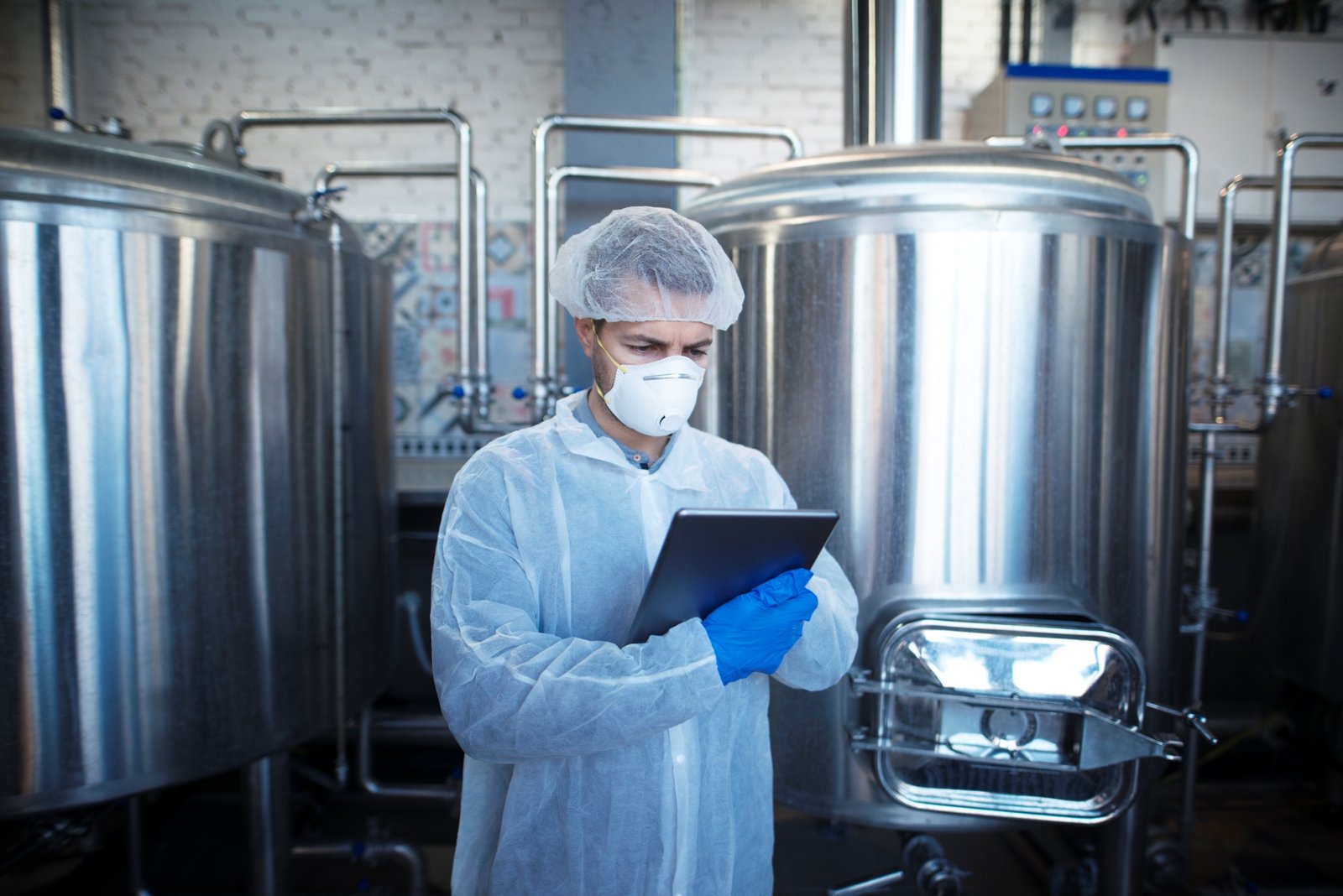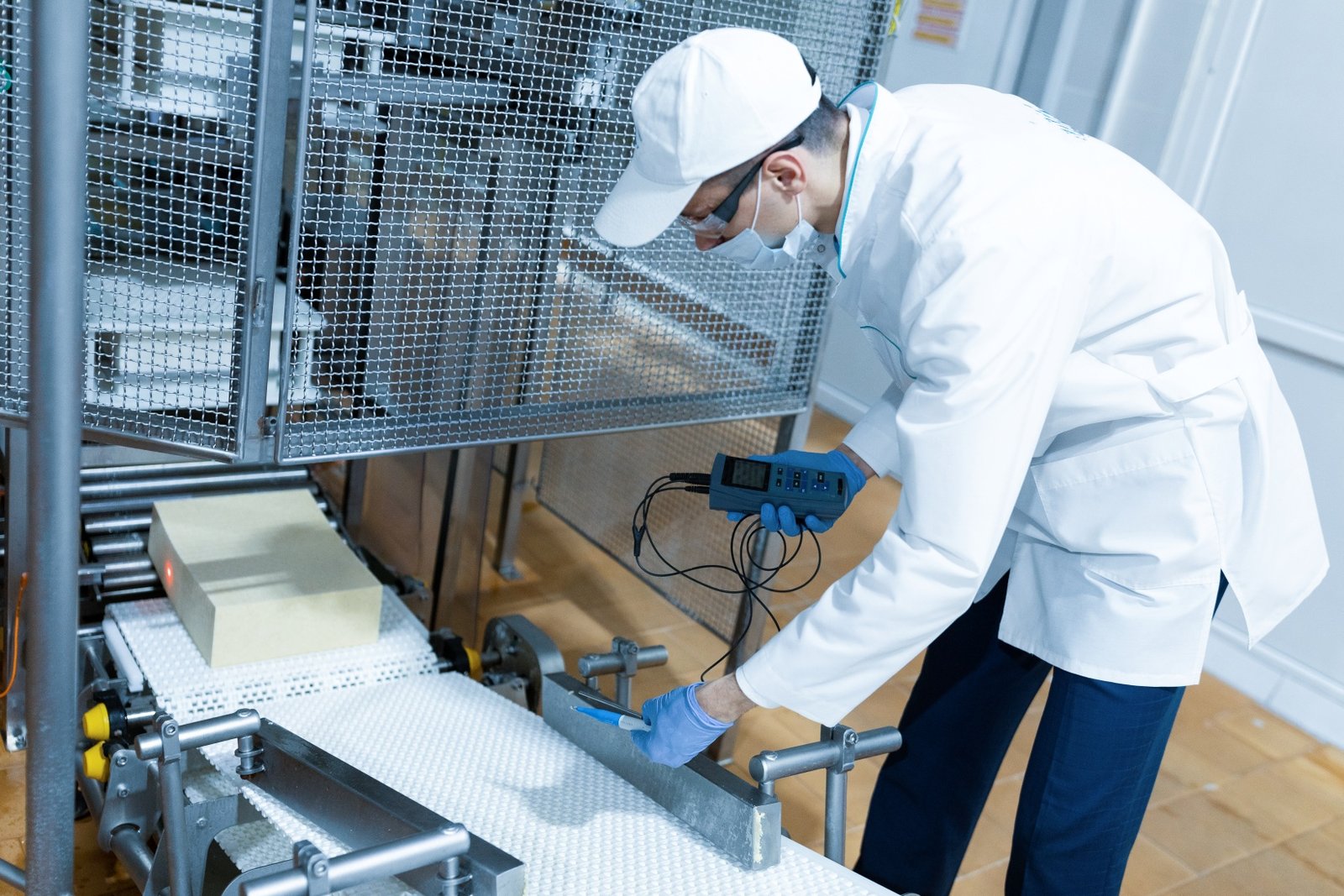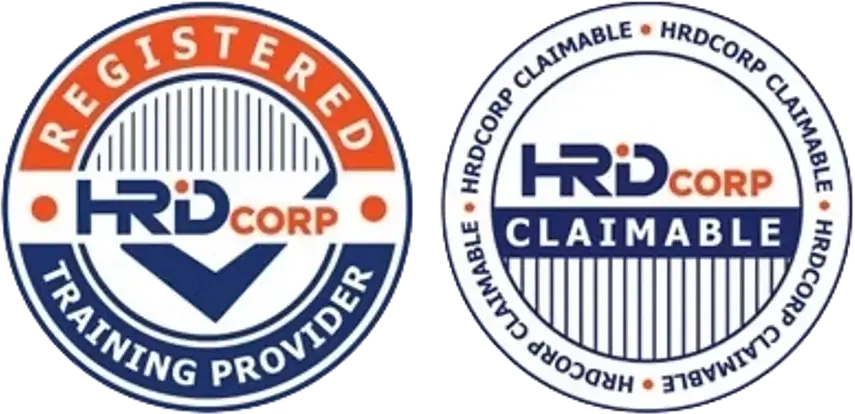How Does ISO 22000 Align with Modern Sustainability and Circular Economy Goals?
The food industry today faces dual pressure — ensuring food safety while reducing environmental impact.
This is where ISO 22000: Food Safety Management System (FSMS) plays a crucial role.
While ISO 22000 was primarily designed to control food safety hazards, its structure naturally supports the sustainability and circular economy principles that modern manufacturers are embracing today.
Let’s explore how ISO 22000 helps food businesses align with global sustainability goals.

1. Promotes Efficient Resource Management
-
ISO 22000 emphasizes process optimization and waste prevention.
-
Key sustainable outcomes include:
-
Reducing raw material wastage through better process control.
-
Minimizing water and energy use in production.
-
Preventing overproduction through accurate demand planning.
-
-
Efficient use of resources = lower environmental footprint and cost savings.
2. Supports Waste Reduction & Circular Economy Practices
-
Circular economy focuses on reusing, recycling, and recovering resources.
-
ISO 22000 aligns by encouraging:
-
Proper handling of by-products and expired materials.
-
Reuse of food-safe waste streams (e.g., animal feed, compost).
-
Documentation of waste segregation and treatment.
-
-
Integrating waste tracking in the FSMS helps turn waste into valuable secondary resources.
3. Encourages Sustainable Supply Chain Management
-
ISO 22000 requires organizations to control food safety risks across the entire supply chain.
-
This naturally extends to sustainability efforts:
-
Selecting suppliers with sustainable sourcing policies.
-
Verifying traceability from farm to fork.
-
Evaluating suppliers’ environmental and ethical performance.
-
-
Creates a transparent, responsible, and resilient food network.
4. Improves Energy and Carbon Efficiency
-
Process monitoring under ISO 22000 helps identify energy-intensive steps.
-
Manufacturers can use this data to:
-
Reduce unnecessary energy use during heating, cooling, or cleaning.
-
Implement energy recovery systems.
-
Track carbon footprint linked to production and logistics.
-
-
Integrating ISO 22000 with ISO 50001 (Energy Management) magnifies these benefits.
5. Strengthens Food Loss Prevention
-
ISO 22000’s focus on hazard control and traceability prevents product recalls and contamination-related waste.
-
Fewer rejected batches =
-
Less disposal of food products.
-
Reduced landfill burden.
-
Improved resource efficiency across production cycles.
-
-
A sustainable and economically beneficial outcome for manufacturers.
6. Embeds Life-Cycle Thinking into Operations
-
The Plan-Do-Check-Act (PDCA) cycle in ISO 22000 encourages businesses to:
-
Assess impacts at every production stage.
-
Identify resource inefficiencies.
-
Continuously improve environmental performance.
-
-
This approach complements ISO 14001 (Environmental Management) for holistic sustainability.
7. Facilitates Eco-Design and Sustainable Innovation
-
Through risk-based thinking, ISO 22000 encourages manufacturers to:
-
Reevaluate packaging materials and processes.
-
Introduce biodegradable or recyclable packaging.
-
Innovate in product shelf-life extension to reduce spoilage.
-
-
Encourages eco-friendly design while maintaining strict food safety control.
8. Builds Consumer Trust Through Transparency
-
Today’s consumers value sustainable and safe food equally.
-
ISO 22000 certification demonstrates commitment to:
-
Safe, responsibly produced food.
-
Traceability and ethical sourcing.
-
Continuous improvement toward sustainability.
-
-
Strengthens brand image and opens export opportunities to sustainability-conscious markets like the EU and Japan.
9. Supports SDG (Sustainable Development Goals) Alignment
ISO 22000 directly contributes to:
-
SDG 2: Zero Hunger — by ensuring safe, efficient food production.
-
SDG 12: Responsible Consumption and Production — by reducing waste and promoting sustainable practices.
-
SDG 13: Climate Action — by supporting energy-efficient operations.
-
SDG 17: Partnerships for the Goals — by encouraging collaboration across supply chains.
10. Enables Integration with Other Sustainability Standards
ISO 22000 can be seamlessly integrated with:
-
ISO 14001 (Environmental Management) – to manage waste and emissions.
-
ISO 50001 (Energy Management) – to improve energy performance.
-
FSSC 22000 – which includes food safety and sustainability components.
-
This creates a comprehensive sustainability management system that meets global export expectations.
🌍 Final Thoughts
ISO 22000 is more than just a food safety standard — it’s a strategic enabler of sustainability and circular economy goals.
By minimizing waste, improving resource efficiency, and supporting responsible sourcing, ISO 22000 helps manufacturers achieve both compliance and sustainability excellence.
👉 At CAYS Scientific, we help food manufacturers integrate ISO 22000 with sustainability frameworks to build safer, greener, and more competitive operations.



